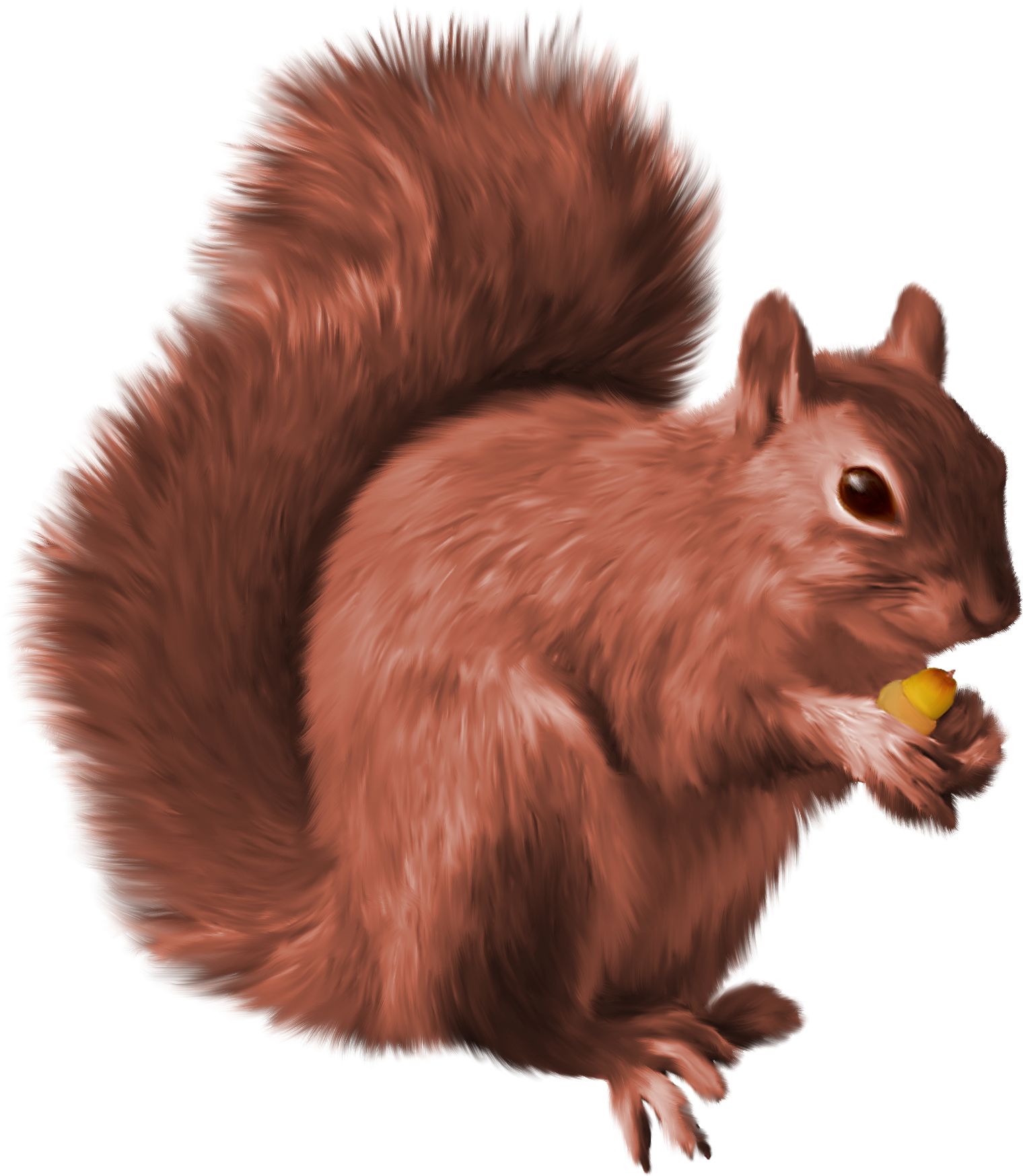Squirrel Vs. Rat: Identifying The Differences
Identifying the elusive squirrel versus the stealthy rat can be an arduous task, especially when they share similar characteristics. Understanding the subtle distinctions will empower you to confidently differentiate these urban dwellers.
Beginners Guide To Squirrel Vs. Rat Identification:
Distinguishing between squirrels and rats can be challenging due to their shared rodent lineage. However, keen observation of their physical features provides clear indicators for accurate identification.

File:Écureuil roux — Red Squirrel -c.jpg – Wikimedia Commons – Source commons.wikimedia.org
Squirrel and rat identification is an essential skill to differentiate these two common creatures. Both squirrels and rats belong to the order Rodentia, sharing similar characteristics such as small size, fur, and tails. However, there are key distinctions between them that can help identify each species easily
Squirrel Vs. Rat: A Tail Of Two Species
Squirrels, renowned for their bushy tails, possess long, furry tails that serve as a hallmark of their identity. In contrast, rats, known for their sleek, hairless tails, exhibit tails that are typically longer than their bodies and scaly in texture.

Anatomy and Disorders of the Oral Cavity of Rat-like and Squirrel-like – Source www.vetexotic.theclinics.com
Squirrels are characterized by their bushy tails, which they use for balance and communication. Rats, on the other hand, have long, hairless tails that they use for balance and warmth.
The Ears Have It: Squirrel Vs. Rat
Ears provide another distinctive feature for differentiating squirrels and rats. Squirrels boast pointed ears adorned with tufts of fur, lending them an adorable appearance. Rats, on the other hand, possess rounded, hairless ears.

Squirrel Ballerina coloring page – Download, Print or Color Online for Free – Source coloringlib.com
Squirrels have pointed ears with tufts of fur, while rats have rounded, hairless ears.
Size Matters: Squirrel Vs. Rat
Physical dimensions further assist in identifying squirrels and rats. Squirrels generally surpass rats in size, with their bodies measuring between 12-20 inches in length. Rats, on the other hand, tend to be smaller, with their bodies ranging from 6-15 inches in length.

Chipmunk vs. Squirrel: What Are the Differences? • 7ESL – Source 7esl.com
Squirrels are larger than rats, with their bodies measuring between 12-20 inches in length. Rats, on the other hand, tend to be smaller, with their bodies ranging from 6-15 inches in length.
Squirrel Vs. Rat: Homes And Habits
Habitat preferences and behaviors further distinguish squirrels and rats. Squirrels primarily reside in trees, constructing nests known as dreys. Rats, on the other hand, are more adaptable, inhabiting a variety of environments, including burrows, sewers, and human dwellings.

Squirrel Poop vs Rat Poop: What Does Squirrels Poop Look Like? – Source pestcontrolhacks.com
Squirrels live in trees and build nests called dreys. Rats, on the other hand, are more adaptable and can live in a variety of environments, including burrows, sewers, and human dwellings.
Squirrel Vs. Rat: Dietary Differences
Dietary habits provide another avenue for distinguishing squirrels and rats. Squirrels primarily consume nuts, seeds, and fruits, occasionally supplementing their diet with insects or small vertebrates. Rats, on the other hand, exhibit a more omnivorous diet, consuming a wide range of plant matter, insects, and even small animals.

Squirrel PNG – Source pngimg.com
Squirrels primarily consume nuts, seeds, and fruits. Rats, on the other hand, are more omnivorous and will eat a variety of plant matter, insects, and even small animals.
Squirrel Vs. Rat: A Historical Perspective
Throughout history, squirrels and rats have played contrasting roles in human perception and mythology. In many cultures, squirrels were revered as symbols of agility, playfulness, and resourcefulness. Rats, on the other hand, have often carried negative connotations, associated with disease, destruction, and urban decay.

50 best ideas for coloring | Baby Mouse Vs Baby Rat – Source www.stockicons.info
Squirrels have been revered in many cultures as symbols of agility, playfulness, and resourcefulness. Rats, on the other hand, have often carried negative connotations, associated with disease, destruction, and urban decay.
Squirrel Vs. Rat: Uncovering Hidden Secrets
Beyond their physical and behavioral differences, squirrels and rats possess unique adaptations that contribute to their survival in their respective environments. Squirrels, for instance, have a remarkable ability to sense the earth’s magnetic field, aiding them in navigating and finding food sources. Rats, on the other hand, possess exceptional swimming abilities, allowing them to traverse water bodies with ease.
_in_Boston_Public_Garden_September_2010.jpg)
File:Gray squirrel (Sciurus carolinensis) in Boston Public Garden – Source commons.wikimedia.org
Squirrels have a remarkable ability to sense the earth’s magnetic field, aiding them in navigating and finding food sources. Rats, on the other hand, possess exceptional swimming abilities, allowing them to traverse water bodies with ease.
Squirrel Vs. Rat: Recommendations For Coexistence
While squirrels and rats are distinct species with unique characteristics, it’s important to coexist harmoniously with these urban dwellers. For squirrels, providing access to natural food sources, such as trees and bird feeders, helps maintain their well-being. Rats, on the other hand, require proper sanitation and waste management practices to minimize their presence and potential health risks.

Baby Squirrels at CWC – Source centrewildlifecare.org
Providing squirrels with access to natural food sources, such as trees and bird feeders, helps maintain their well-being. Rats, on the other hand, require proper sanitation and waste management practices to minimize their presence and potential health risks.
Squirrel Vs. Rat: Tips For Avoiding Conflict
To further enhance coexistence, consider these practical tips: Securely store food sources to prevent attracting rodents. Seal cracks and holes around your home to limit access points. Maintain a clean environment by regularly removing garbage. Employ humane deterrents, such as ultrasonic devices or natural repellents, to discourage rodent presence.

Bones That Look Like Other Bones: Rodent Week Edition – Source animalarchaeology.com
Securely store food sources to prevent attracting rodents. Seal cracks and holes around your home to limit access points. Maintain a clean environment by regularly removing garbage. Employ humane deterrents, such as ultrasonic devices or natural repellents, to discourage rodent presence.
Squirrel Vs. Rat: Fun Facts To Amaze
Beyond their distinguishing features and behaviors, squirrels and rats offer a wealth of fascinating trivia. Squirrels, for instance, can rotate their ankles 180 degrees, enabling them to descend trees headfirst. Rats, on the other hand, possess an exceptional sense of smell, capable of detecting food sources from hundreds of feet away.
Squirrels can rotate their ankles 180 degrees, enabling them to descend trees headfirst. Rats, on the other hand, possess an exceptional sense of smell, capable of detecting food sources from hundreds of feet away.
Squirrel Vs. Rat: A Guide To Identification
Effectively identifying squirrels and rats requires careful observation of their physical characteristics and behaviors. By paying attention to their tails, ears, size, habitat preferences, and dietary habits, you can confidently distinguish these two rodent species. Remember, understanding their differences not only enhances your knowledge but also fosters a greater appreciation for the diverse wildlife that shares our urban landscapes.
Paying attention to their tails, ears, size, habitat preferences, and dietary habits, you can confidently distinguish these two rodent species.
Conclusion Of Squirrel Vs. Rat: Identifying The Differences:
In conclusion, squirrels and rats, despite sharing rodent ancestry, exhibit distinct characteristics that define their identities. Their tails, ears, size, habitat preferences, and dietary habits provide clear indicators for accurate identification. Understanding these differences empowers us to appreciate the unique adaptations and ecological roles of these urban dwellers, fostering a harmonious coexistence between humans and wildlife.





